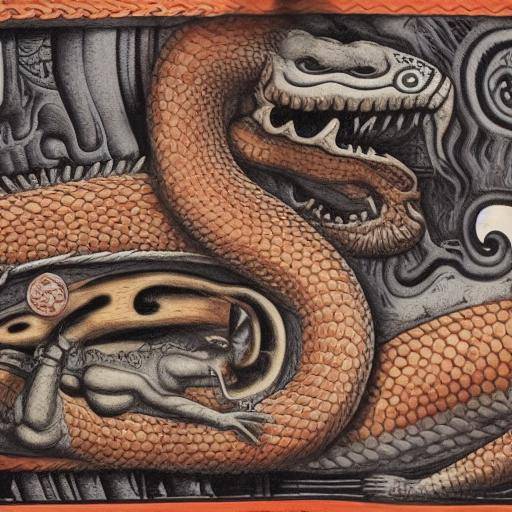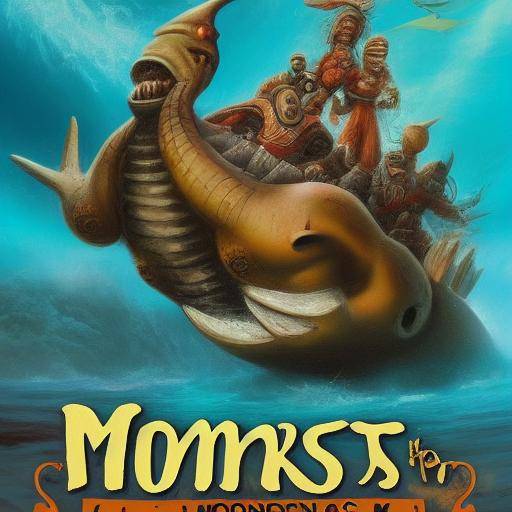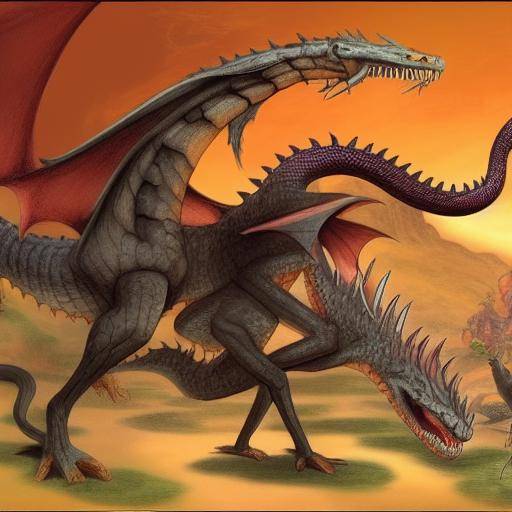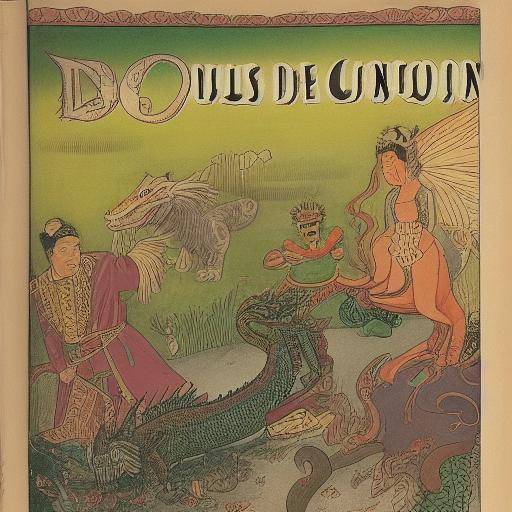
Introduction
Aztec mythology is a rich source of symbolism and meaning, and one of the most fascinating symbols within this tradition is that of the serpent. In this article, we will explore in depth the symbolism of the serpent in Aztec mythology, its cultural, religious implications and its relevance in the life of the Aztecs. In addition, we will investigate the legends related to this enigmatic animal and its role in the way the Aztecs understood the world around them.
History and background
The serpent has been a central element in the Aztec cosmovision since ancient times. In Aztec mythology, the serpent symbolizes the duality of life and death, as well as the eternal cycle of renewal. For the Aztecs, the serpent was a symbol of wisdom, knowledge and spiritual power.
Meaning and symbolism of the snake
Within Aztec mythology, the serpent represents the duality of life and death, renewal and spiritual power. The Aztecs believed that the serpent was an intermediary between the earthly world and the spiritual, capable of communicating with the gods and bringing knowledge and wisdom to mortals. The serpent was also closely linked to Quetzalcóatl, one of the most important deities within the Aztec pantheon, who was represented as a feathered serpent.
Snake-related legends in Aztec mythology
Among the most outstanding legends of Aztec mythology is the story of Quetzalcóatl, the feathered serpent and one of the most venerated and respected deities of the Aztecs. Quetzalcóatl was considered the god of wind and knowledge, the creator of humanity and a symbol of wisdom and learning. Its connection with the serpent symbolizes the duality of life and death, as well as the eternal cycle of renewal.
Detailed analysis
The constant presence of the serpent in Aztec mythology serves as a reminder of the power of nature and the importance of respecting the balance between the earthly and spiritual world. Through rituals and ceremonies, the Aztecs honored and celebrated the serpent as a symbol of connection with the divine and as a guardian of wisdom and knowledge.
Comparison between the snake and other Aztec deities
Although the snake is closely associated with Quetzalcóatl, its symbolism and meaning are also intertwined with other important deities in Aztec mythology. The way the serpent relates to other deities reveals the complexity and wealth of symbolism in the Aztec cosmogony.
Practical advice and recommendations
To fully understand the symbolism of the snake in Aztec mythology, it is important to immerse yourself in the different legends and myths that involve it. It is also useful to explore the artistic representations of the snake in the Aztec culture, as well as the influence of this symbolism in the daily life of Aztec society.
Perspectives of experts and impressions of the industry
Experts in Aztec mythology have pointed out the importance of the serpent in understanding the Aztec cosmovision and its interpretation of the world. It is essential to consider the various interpretations and opinions of experts to obtain a more complete understanding of the symbolism of the serpent in the Aztec mythology.
Case studies and applications in real life
By exploring how the snake was integrated into the daily life of the Aztecs, it is possible to find concrete examples of its influence on art, architecture, religion and ceremonial practices.#
Conclusions
In conclusion, the symbolism of the snake in Aztec mythology is a fascinating theme that reveals the depth and complexity of Aztec thought. Through the detailed analysis of legends, symbolic meaning and their integration into everyday life, we can appreciate the importance of the serpent in the Aztec cosmovision and its cultural legacy.
FAQs
1. Why was the snake so important in Aztec mythology?
The serpent was considered a symbol of duality, wisdom and spiritual power in Aztec mythology. His presence was related to the renewal and balance between the earthly and the spiritual world.
2. What role was Quetzalcóatl playing in relation to the snake in Aztec mythology?
Quetzalcóatl, the feathered serpent, was closely linked to the serpent, symbolizing the duality between life and death, as well as constant renewal.
3. How was the symbolism of the serpent reflected in the daily life of the Aztecs?
The serpent was integrated into everyday life through art, architecture, ceremonies and rituals, showing its influence on many aspects of Aztec society.
4. What contemporary lessons can we learn from snake symbolism in Aztec mythology?
The symbolism of the serpent in Aztec mythology invites us to reflect on the importance of respecting the balance between nature and spirituality, as well as the constant renewal in life.
5. Has the symbolism of the snake persisted in contemporary Mexican culture?
The representation of the snake in the current Mexican culture maintains links with Aztec mythology, showing the pervival of its symbolism in modern culture.
6. What additional studies or research are being carried out on the symbolism of the snake in Aztec mythology?
Current research continues to explore new perspectives on snake symbolism in Aztec mythology, constantly revealing deeper aspects of this rich tradition.
With all this in mind, it is evident that the symbolism of the serpent in Aztec mythology is a subject of profound cultural and historical relevance. Its meaning transcends the times, providing a deeper understanding of the worldview and beliefs of ancient Aztec civilization.






















































